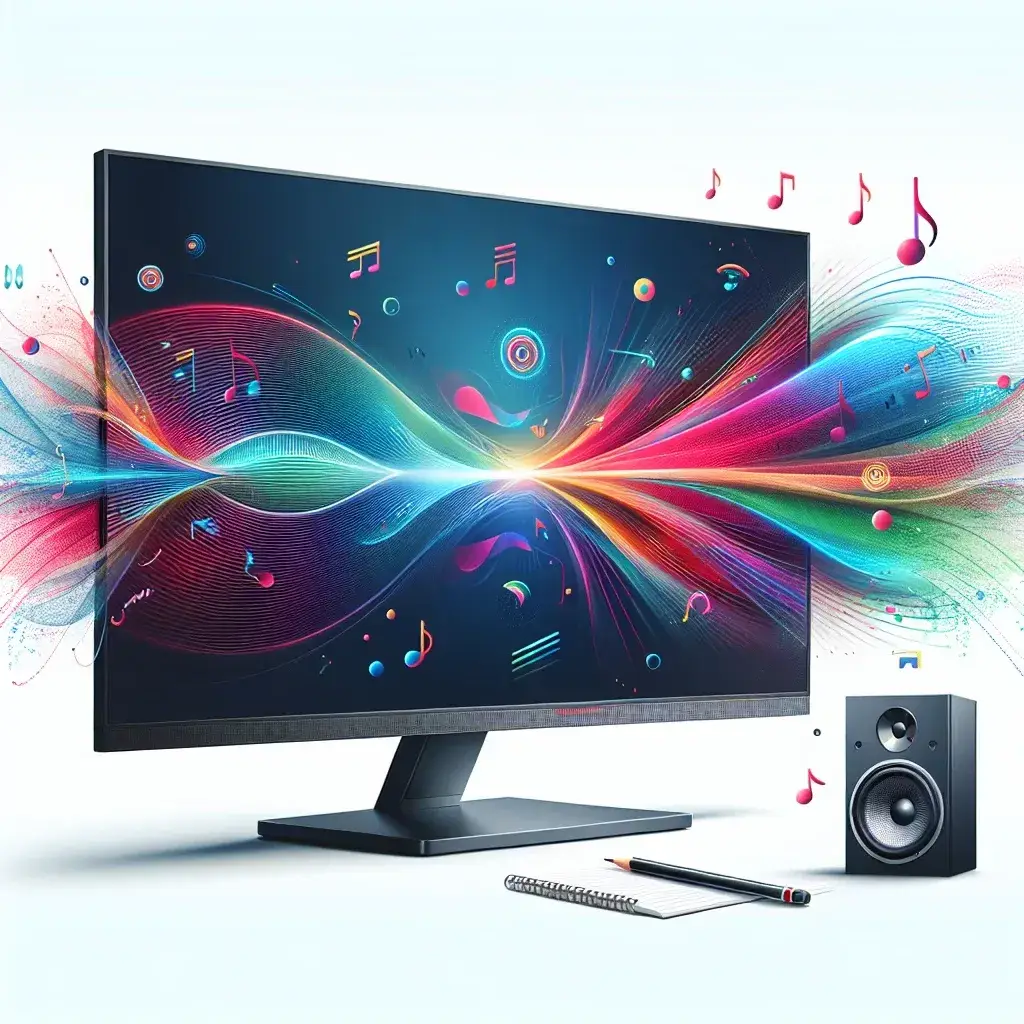LED monitors have become the standard for both professional and home settings due to their excellent display quality, energy efficiency, and sleek designs. One question that often arises among potential buyers is whether these monitors come with built-in speakers. In this comprehensive guide, we’ll explore this topic in-depth, providing a clear understanding of what to expect when purchasing an LED monitor.
Understanding LED Monitors
LED monitors are a type of LCD monitor that use light-emitting diodes (LEDs) to backlight the display. This technology allows for brighter screens, better color accuracy, and improved energy efficiency compared to traditional LCD monitors.
Do LED Monitors Have Built-in Speakers?
The short answer is: it depends. Not all LED monitors come with built-in speakers. While some models include integrated speakers, others require external audio solutions. Below is a comparative table highlighting key LED monitor models with and without built-in speakers:
| LED Monitor Model | Built-in Speakers | Screen Size | Resolution |
|---|---|---|---|
| Dell S2721HS | Yes | 27 inches | 1920×1080 |
| ASUS ProArt PA278QV | Yes | 27 inches | 2560×1440 |
| Acer SB220Q | No | 21.5 inches | 1920×1080 |
| LG 27UK850 | No | 27 inches | 3840×2160 |
| HP VH240a | Yes | 24 inches | 1920×1080 |
Advantages of LED Monitors with Built-in Speakers
Choosing an LED monitor with built-in speakers offers several benefits:
- Convenience: No need for extra audio equipment, reducing clutter on your desk.
- Cost-effective: Save on the cost of purchasing separate speakers.
- Space-saving: Ideal for small workspaces or minimalist setups.
Limitations of Built-in Monitor Speakers
However, there are also some downsides to consider:
- Sound Quality: Built-in speakers often cannot compete with standalone speakers in terms of sound quality.
- Volume: Typically, they provide lower maximum volume, which might not be suitable for all environments.
- Bass Response: Built-in speakers often lack robust bass, affecting the overall audio experience.
Considerations When Choosing an LED Monitor
1. Purpose
Determine the primary purpose of your monitor usage. If you’ll be using it for tasks that require high-quality audio, such as gaming or multimedia production, you might prefer an external speaker setup for superior sound quality.
2. Work Environment
Consider your workspace. If you have limited space, a monitor with built-in speakers can be a practical choice.
3. Budget
Balance your budget between display features and audio capabilities. Sometimes it’s worth investing in a higher-quality monitor even if it requires external speakers.
4. Brand and Model
Research specific brands and models to find reviews and technical specifications that meet your criteria.
How to Enhance Your Audio Experience
If you opt for an LED monitor without built-in speakers, or if you simply want to improve your current setup, consider the following tips for enhancing your audio experience:
- External Speakers: Invest in good quality external speakers for improved sound.
- Soundbar: Use a soundbar to complement your monitor’s audio capabilities.
- Headphones: For personal use, a high-quality set of headphones can provide an immersive audio experience.
- Audio Settings: Adjust the audio settings on your computer and devices to optimize sound quality.
Conclusion
While not all LED monitors come with built-in speakers, there are options available for those who prefer this feature. Consider the advantages and limitations of built-in speakers when choosing a monitor to ensure it meets your needs. Whether you select a monitor with integrated speakers or decide to invest in external audio solutions, understanding your requirements and available options will help you make an informed decision.
By carefully evaluating your needs and available models, you can find an LED monitor that offers the perfect combination of visual and audio performance, enhancing your overall user experience.

